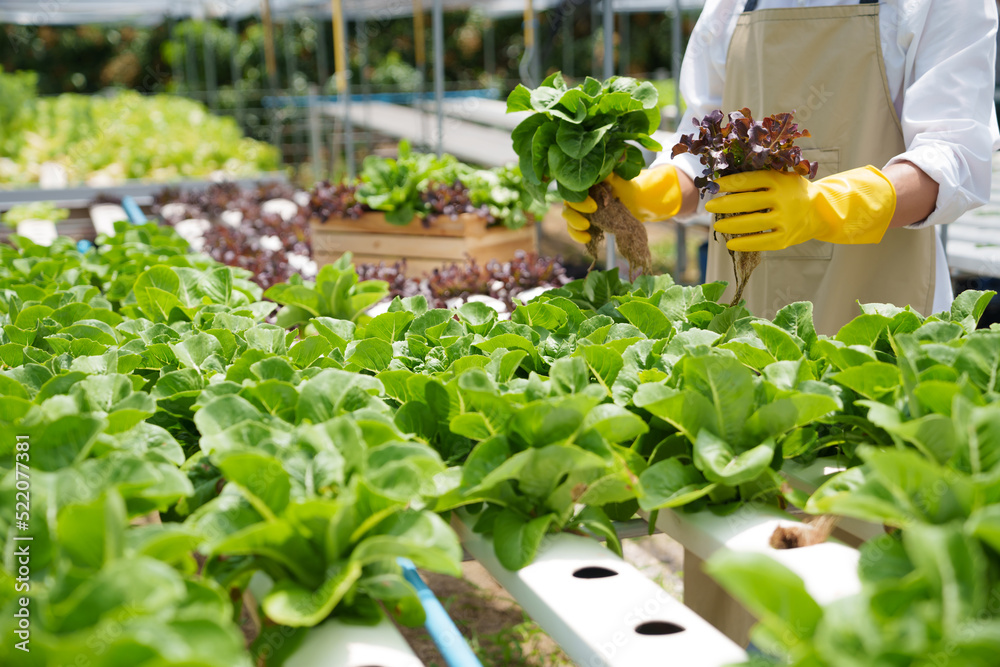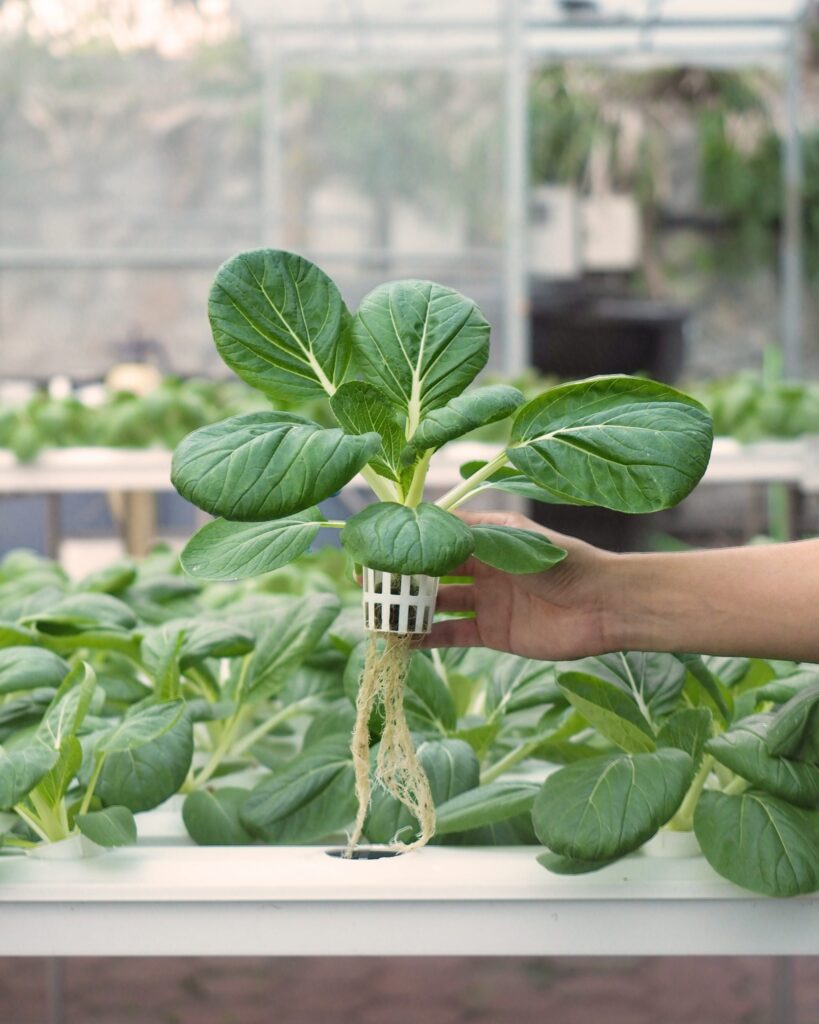
Harvesting Hydroponics
The time it takes to harvest crops in hydroponics can vary depending on the specific crop, variety, growing conditions, and cultivation techniques. However, here are approximate average harvest times for some common hydroponic crops:

- Lettuce: Lettuce varieties grown in hydroponics can typically be harvested within 4 to 8 weeks from planting, depending on the specific variety and desired size.
- Herbs: Many herbs, such as basil, mint, and parsley, can be harvested within 4 to 8 weeks from planting, again depending on the variety and growth conditions.
- Tomatoes: Tomato plants in hydroponics generally take longer to mature compared to lettuce or herbs. Depending on the variety, it can take around 8 to 12 weeks or more from planting to harvest.
- Cucumbers: Cucumbers grown hydroponically usually take around 6 to 10 weeks from planting to harvest, depending on the variety and desired size.
- Strawberries: Hydroponically grown strawberries typically take around 4 to 6 weeks from planting to the first harvest of ripe fruit. However, the plants continue to produce fruit over an extended period.
It’s important to note that these are general estimates, and actual harvest times can vary based on factors such as plant health, environmental conditions, nutrient management, and cultivation techniques. It’s always best to refer to specific guidelines or recommendations provided by seed suppliers or experienced hydroponic growers for the particular crops you intend to cultivate.

To harvest hydroponic plants, follow these general steps:
- Determine readiness: Observe the plants and determine when they are ready for harvest. This can vary depending on the crop and desired maturity level. Look for signs such as mature size, color, texture, or taste to determine if the plants are ready to be harvested.
- Prepare harvesting tools: Gather the necessary tools for harvesting, such as clean scissors, shears, or a sharp knife. Ensure the tools are clean to minimize the risk of introducing pathogens or damaging the plants.
- Cut or remove the plants: Use the appropriate tool to cut or remove the plants from the growing medium or support system. Cut the stem or base of the plant cleanly and close to the growing medium or root system.
- Handle the harvested plants with care: Handle the harvested plants gently to avoid bruising or damaging them. Place the harvested plants in a clean container or basket to prevent contamination or damage during transport.
- Rinse or clean the harvested plants (optional): Depending on the crop and your preference, you may choose to rinse or clean the harvested plants to remove any debris, dirt, or excess moisture. However, be cautious not to damage delicate leaves or fruits during the cleaning process.
- Store or use the harvested plants: Depending on your immediate needs, you can either store the harvested plants in appropriate storage containers or use them immediately for cooking, consumption, or further processing.
Remember, the specific harvesting techniques and considerations can vary depending on the crop and its growth habits. It’s advisable to refer to crop-specific guidelines or consult experienced hydroponic growers for precise instructions on harvesting different plants in a hydroponic system.